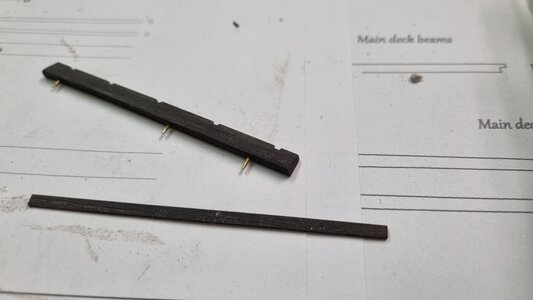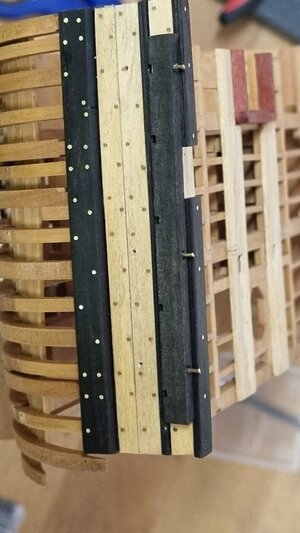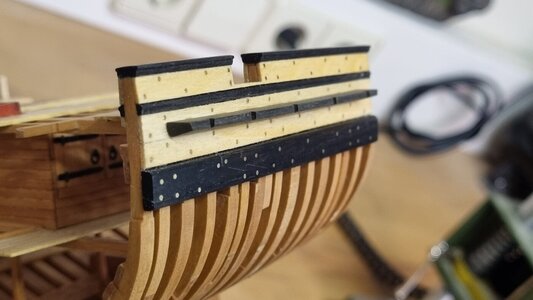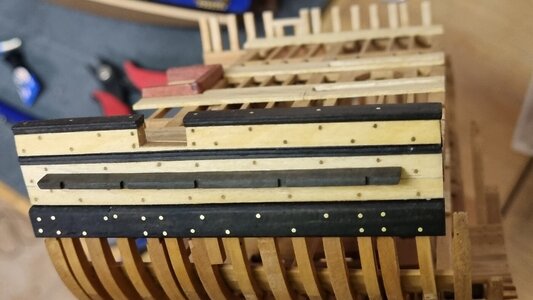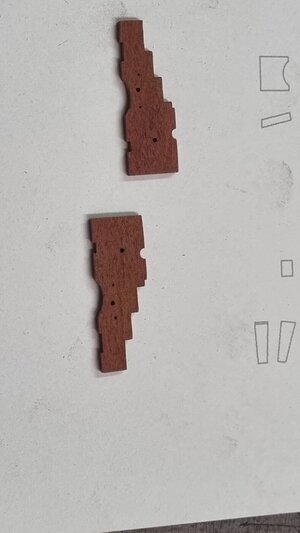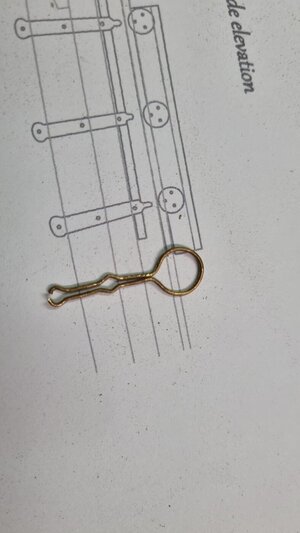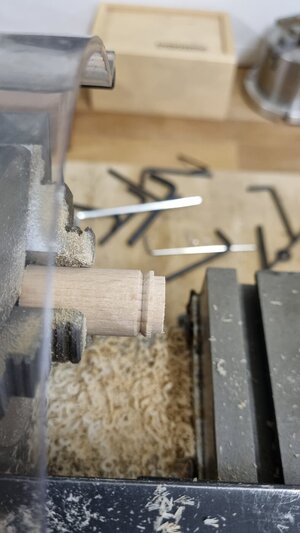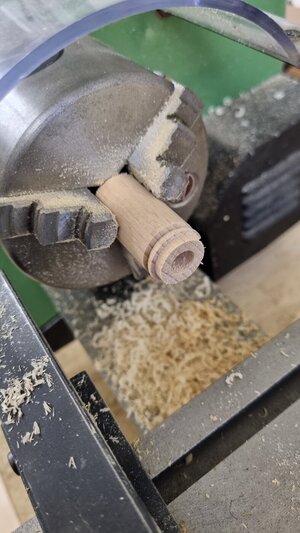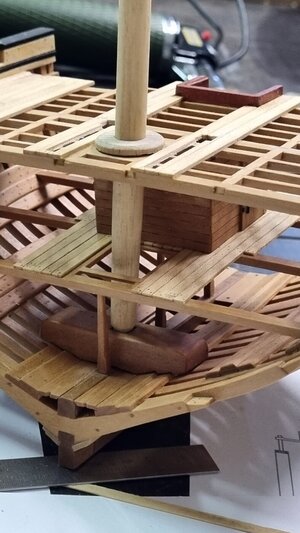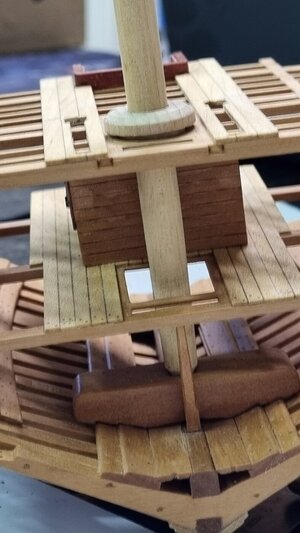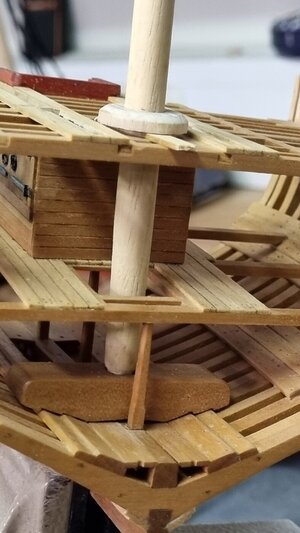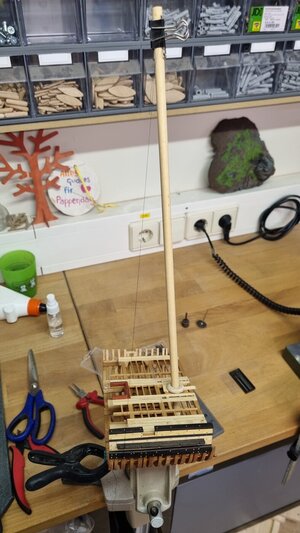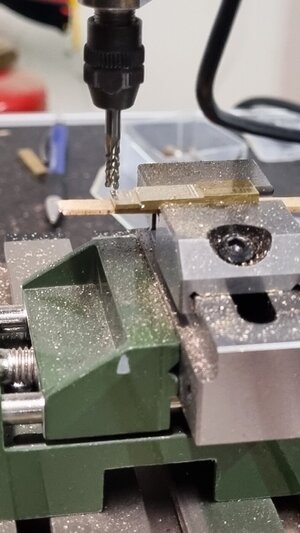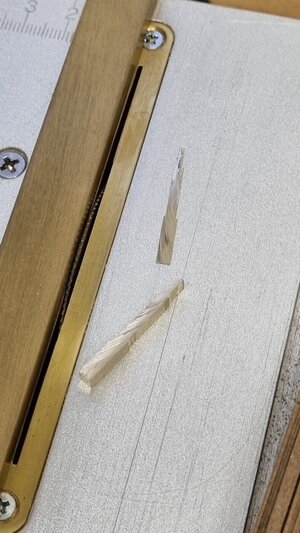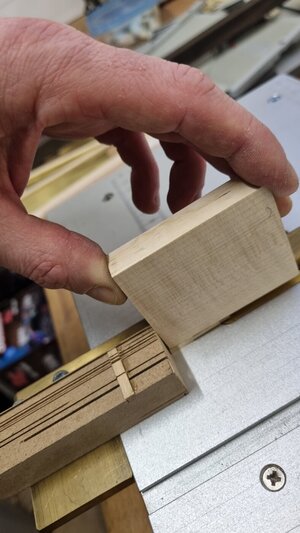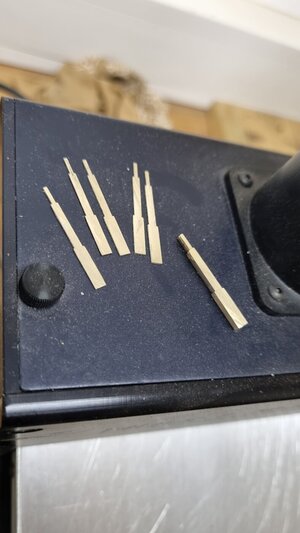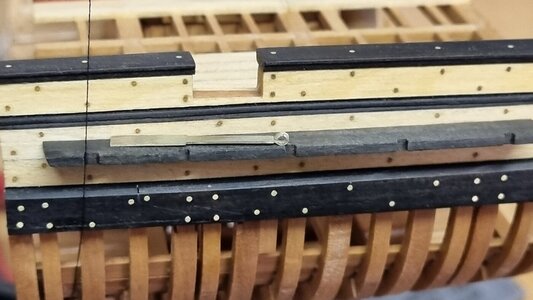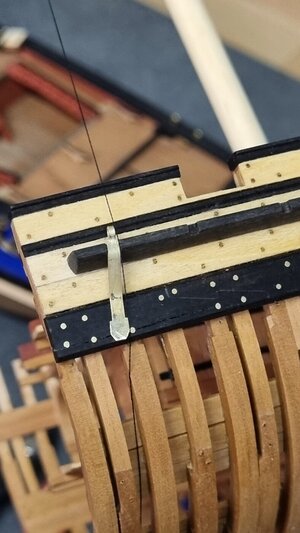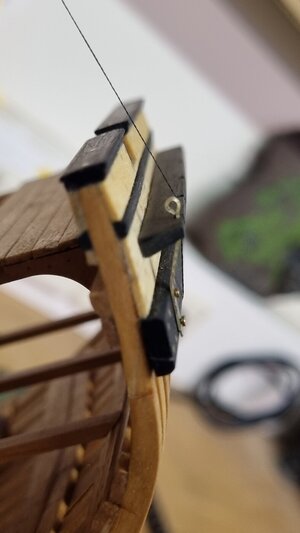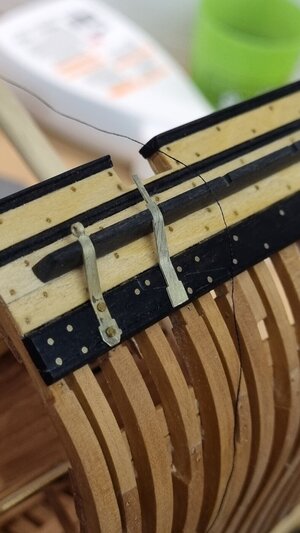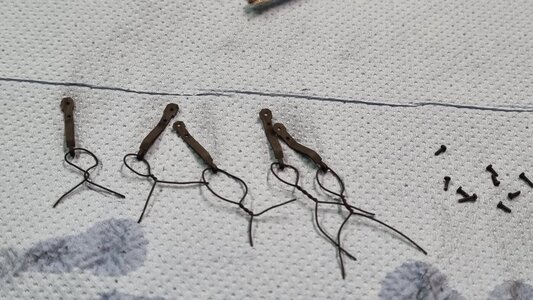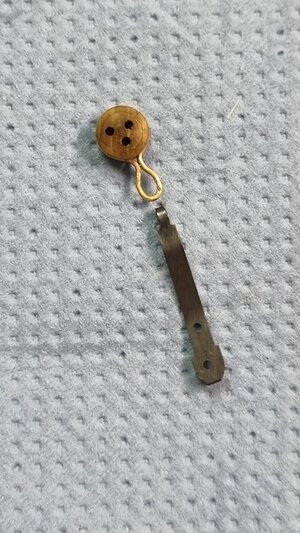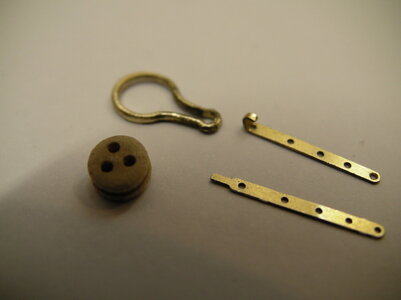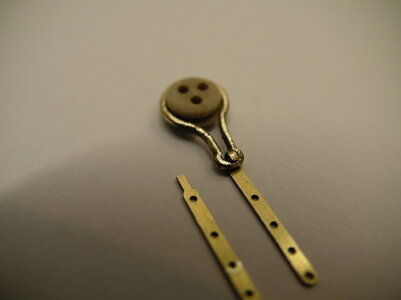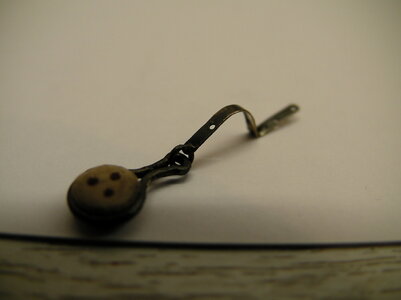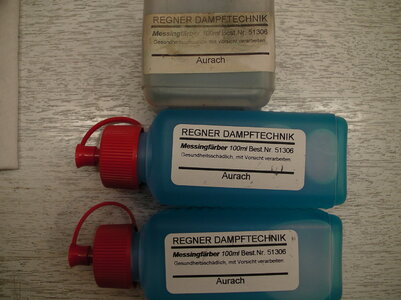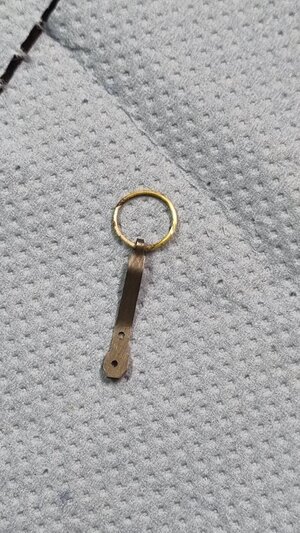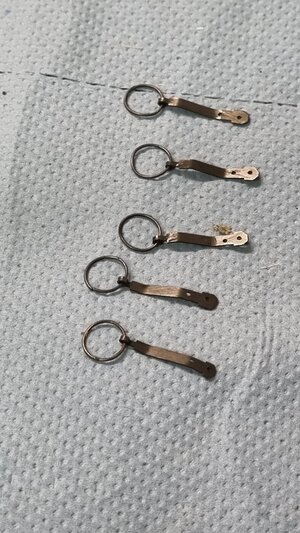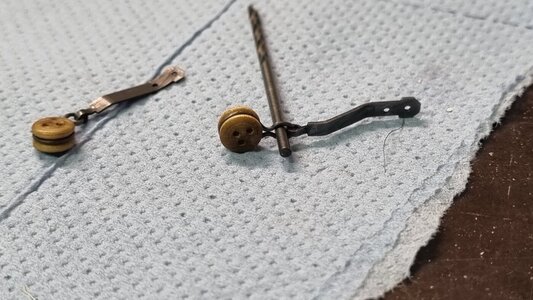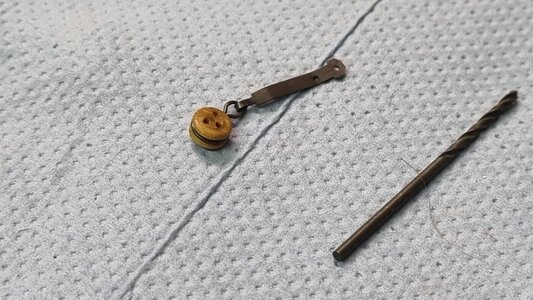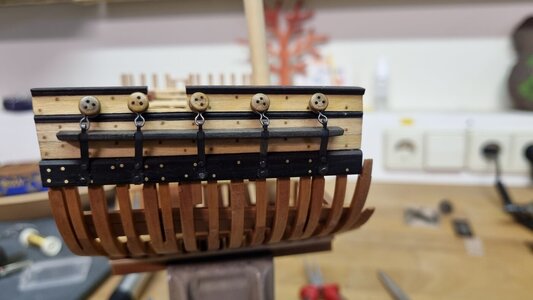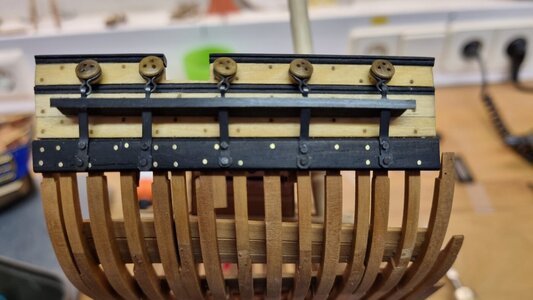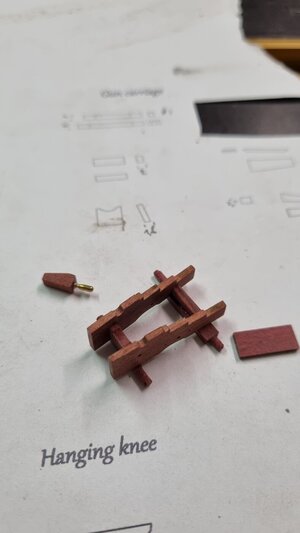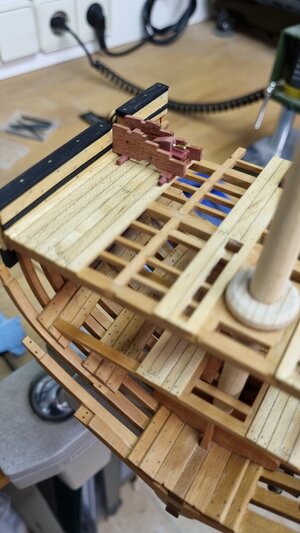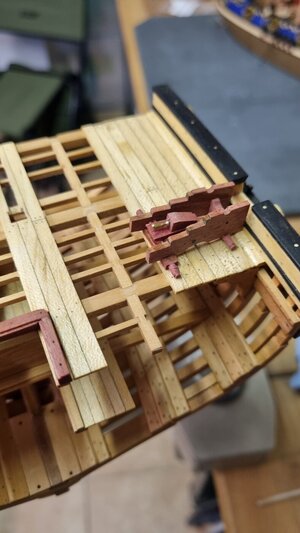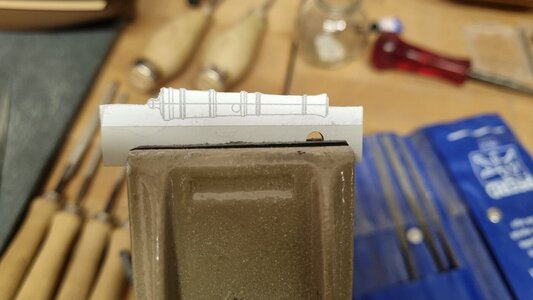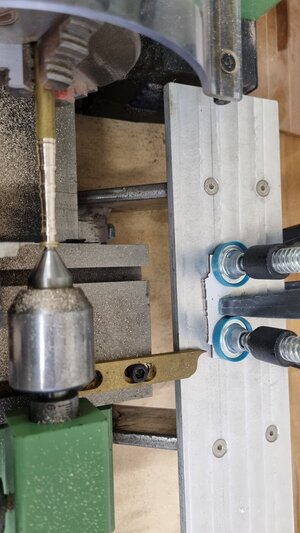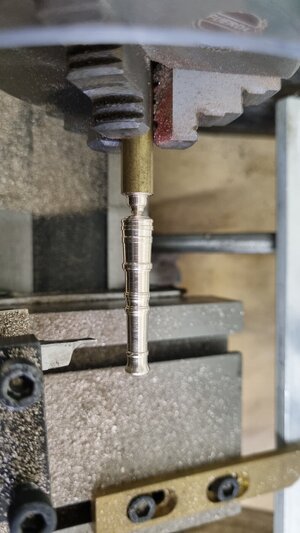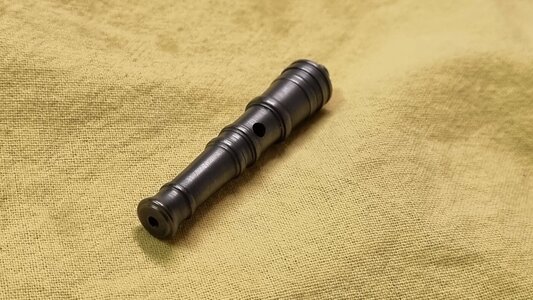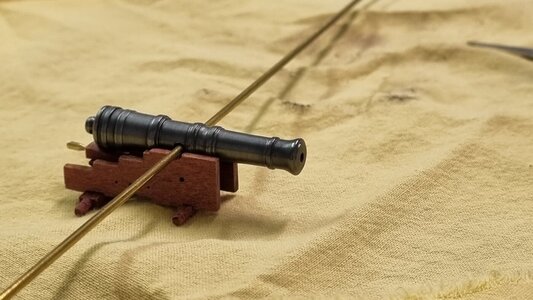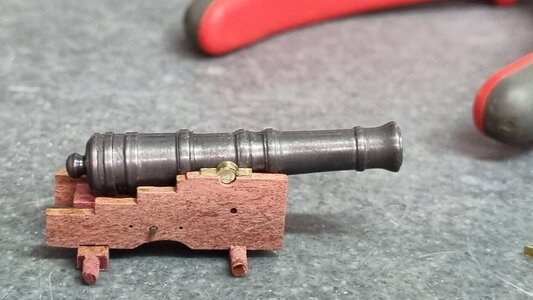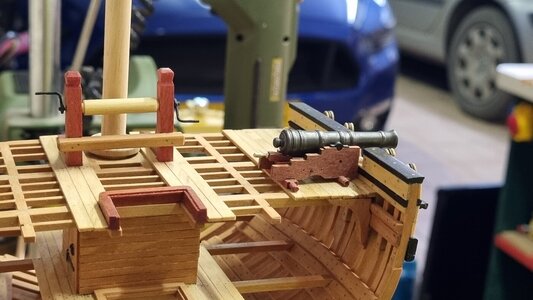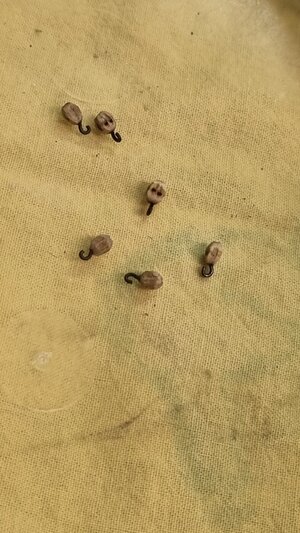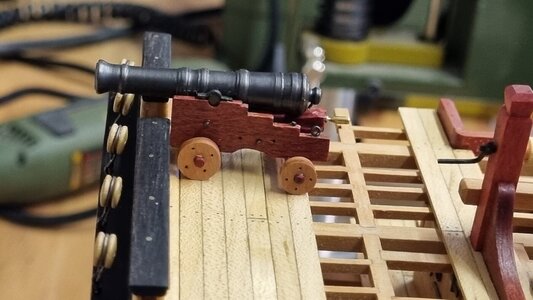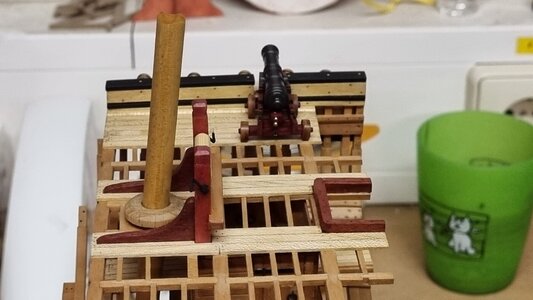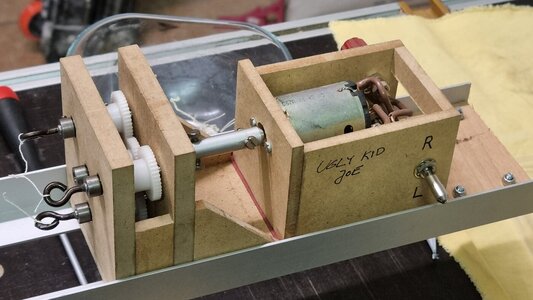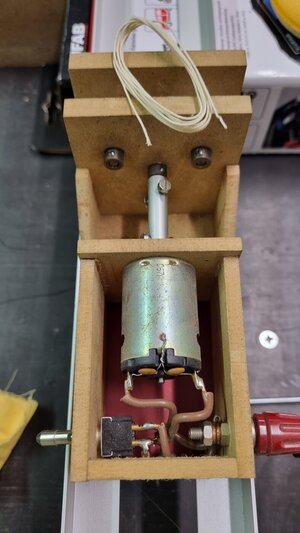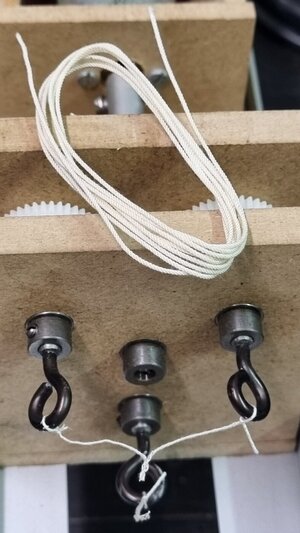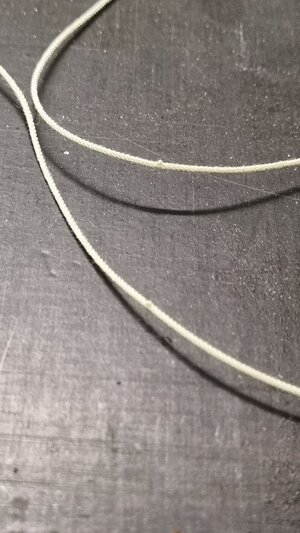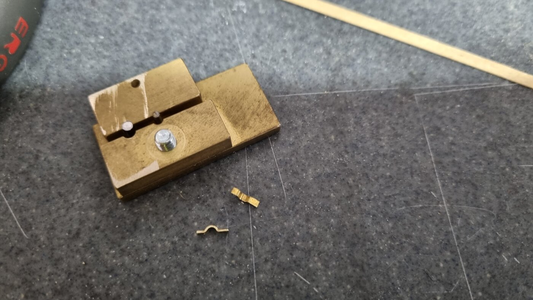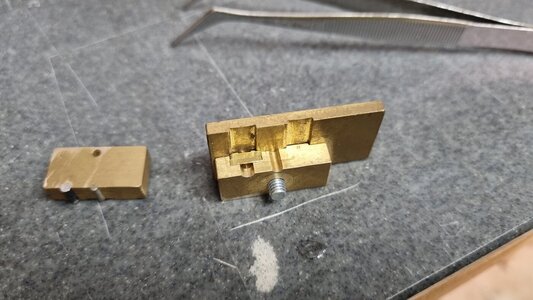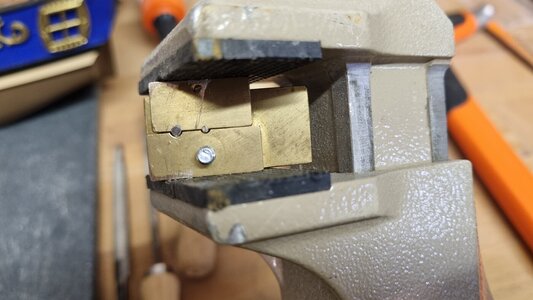Hi Dan, this can have several cause.
1 the weight is not enough at the end of your rope walk
2 the ropes are not have the same tension before you start winding up.
3 the strands are not the same length. (is the same as 2)
4 you did to much winding up ( keep the 10% rule)
ps show us more of your rope walk, it looks interesting.
And I walked again through your build log. It's looking real good what you do. Like your inventive mind about the jigs you make. Even your small tablesaw I like. It looks like a accurate tiny saw, where you can make small details.
Thank You.
Reading this I think it might be due to too much winding. I twist the strands until the length has diminished to about 75% of its initial length. Then start winding the rope.
Is there a trick to get the same tension in the strands? I simply try to "feel it" but that is anything but precise.
The ropewalk is assembled from MDF, axles, bearings and nylon gears, aluminum profiles and a 12V DC Motor. The moving part simply slides on the alu profiles.
Winding the 3 strands into one rope is done by hand. So nothing fancy but it works...
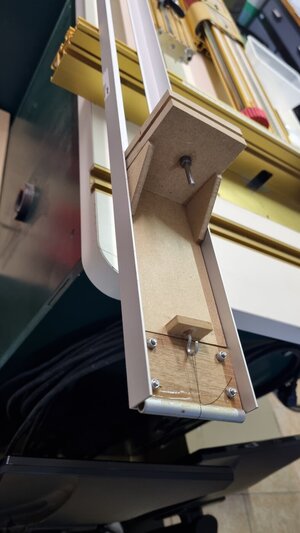
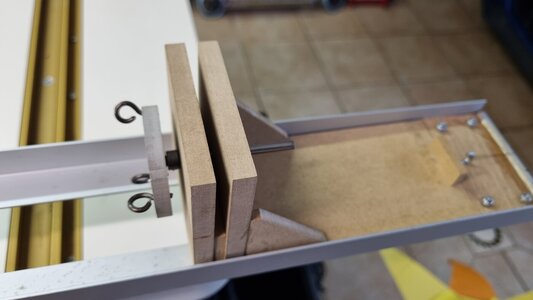

The table saw is from aliexpress. The machine has enough power to cut hardwood and even brass (with a good blade), of course You can't cut big stock. The rip and crosscut fence were a joke, that's why I made my own as well as a zero clearance insert. Only 90° cuts are possible.
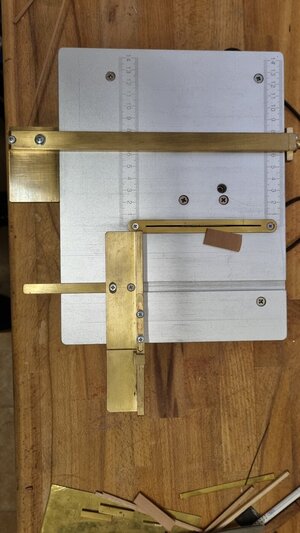
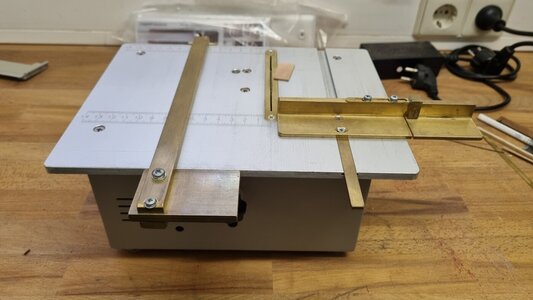
The rip fence is secured in the front and back:
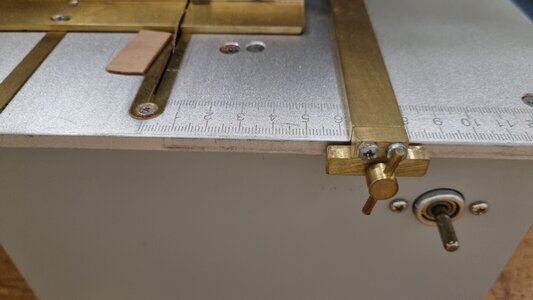
The crosscut sled can be used to ways. The "traditional way" and as a "sled" with an adjustable stopper to slice small pieces repeatedly to the exact dimension. The sled prevents the pieces from flying away, holding them securely while travelling through the blade and you keep the fingers away. Even such small blades on these "toylike machines" can hurt you, ask me how I know...
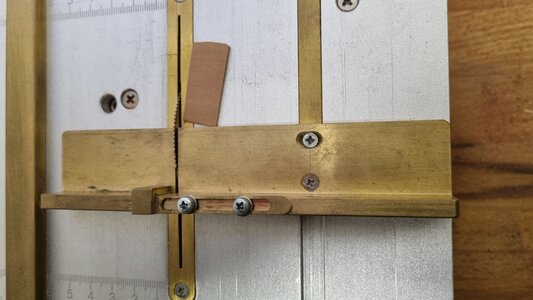
The machine does what it is intended for.
Can't expect miracles though.
One day I will treat myself with a Byrnes. I have the Byrnes thickness sander and am really amazed by the quality, so... one day
